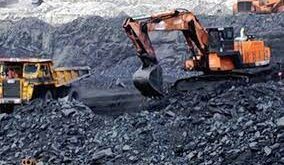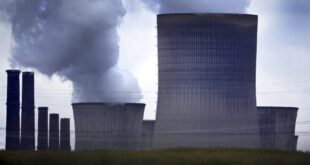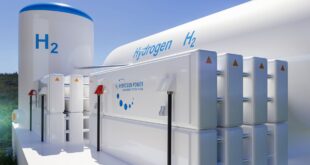Vast wastewater-heated tomato greenhouses could make East Anglia a beacon of low carbon farming and could change the face of British horticulture.
That’s the claim from Low Carbon Farming, the company behind the two world-first greenhouses under construction outside Norwich and Bury St Edmunds, as the firm unveiled plans for a nationwide roll-out which it says will create more than 8,000 new jobs and invest £2.67 billion into regional economies.
The sites, which will be built with an investment of £120 million, together have a size of 70 acres of indoor growing space, two-thirds as big as Vatican City.
Using heat pumps to capture waste heat from nearby water recycling centres, the projects displace traditional gas-fired greenhouse heating methods and will increase the production of low carbon British produce.
The greenhouse’s hydroponic growing system is also estimated to use 10 times less water, increase British tomato production by 12% and reduce the carbon emissions associated with doing so by 75%.
Andy Allen, Director at Low Carbon Farming, said: Our East Anglian projects provide British farming with a bankable template for the nationwide roll-out of transformative, renewable heat solutions.
Policy decisions made the innovation behind our first projects possible – specifically, the entirely logical extension of the Tariff Guarantee until the end of the Renewable Heat Incentive in 2021.
We now look to government for a clear and far-sighted decision to extend revenue support for renewable heating in British farming far beyond 2021.
 Iran Energy News Oil, Gas, Petrochemical and Energy Field Specialized Channel
Iran Energy News Oil, Gas, Petrochemical and Energy Field Specialized Channel




